This article is part of a series called How to Write a Resume. To start this series from the beginning, read the introduction.
Sitting in front of a computer struggling to format your resume isn’t much fun. Should you list your jobs in order? What if your employment history isn’t steady? What if you’re a career changer? How do you deal with work experience that is not job related? What if your skills are more impressive than your job title? Enter bone-chilling resume-writing scream here!
| Resume Writing Series: |
|---|
I feel your resume writing pain. Now let me give you give you a pain killer – aside from academic resumes, there are three common resume formats, they are: chronological, functional, and the combination resume. Figuring out which resume format works for your situation is easy – this post will end the terror and help you find your format fit. One of these three resume formats may just set your skills on fire and help you land that job interview. Now scream with excitement!
1. Chronological Resume Format
The most common type of resume format is the chronological resume. The chronological format lists your most recent employment history (or education) first, ordering your jobs by date in a time line. This is the traditional method of formatting a resume, and places more emphasis on your job titles and your employment history over your skills. Think of the chronological format as a history book – it outlines your career path for hiring managers to easily scan. Chronological resumes can work best for job seekers with a stable career progression in one or two fields. Here’s how to know if this format is for you:
Use the chronological resume format when:
- You have a steady work history with few breaks in your employment time line.
- You’re staying in the same field.
- Your job titles show increased responsibility and higher position levels.
- Your last or current employer are well known.
- You’re applying to traditional organizations who reward steady progression.
- Your past job titles match employer job requirements.
The chronological format is the resume type most prospective employers expect to see. It’s quick to read, easy to follow, and provides a ready-made template for interview questions. For the job seeker, the chronological format also looks like the easiest to write – but it can be a pain in the arse if your career path isn’t perfectly linear. For example, if you started your career as a “ghost whisperer” and want to land a job as a lawyer, this probably isn’t the resume format for you. Here’s how to know when to skip the chronological resume format:
Skip the chronological resume format when:
- You have a lot of transferable skills.
- You’ve changed employers frequently.
- You’re returning after an extended leave (for example: due to family, illness, travel).
- You’re a career changer and have switched fields often.
- You have jobs or experiences you’d prefer not to mention.
- You have no work experience in the job you’re targeting.
For the majority of job seekers, though, the chronological resume format can be worked to suit your needs. Here’s how it basically looks written out:
Chronological Resume Format Example
JOB TITLE #1 2007-Present
- skills and experience details
- more skills
JOB TITLE #2 2005-2007
- skills and experience details
- more skills
JOB TITLE #3 2002-2005
- skills and experience details
- more skills
If you’re feeling stuck about finding a job that fits with a chronological time line then there’s more resume writing options below.
2. Functional Resume Format
The functional resume focuses attention on skills and achievements, rather than job titles and places of employment, making it a winner for career changers or new college graduates. Functional resumes give you the platform to showcase only skills and experiences of which you are most confident – which means your work experience is described by showing the transferable skills you mastered in a “Relevant Skills” section.
For example, if you developed skills through a hobby or volunteer work and you now want to use those skills in a paid job, those skills might not show up in a chronological resume but they could stand out in a functional format where you’re not limited to describing your skills under job titles. This format also lets candidates gloss over gaps in their work history or hide their past career as a “ghost whisperer”. Here’s how to know if this format is for you:
Use the functional resume format when:
- You want to highlight specific skills, knowledge, or abilities.
- You’re re-entering the job market after an absence.
- You’re looking for your first job or are a new college graduate.
- You’re making a major career change.
- You have a wide variety of different or unrelated work experiences.
- You have large gaps in your work history and lack a continuous record of employment.
The functional resume sounds perfect, right? Maybe not. Many hiring managers are highly suspicious of candidates boasting their skills in functional resumes since this format can often hide questionable employment records. It also takes a lot more work for prospective employers to “figure out” what you’re about and most prefer to see a work history – they want to know where you’ve worked, how long you’ve worked, and when you were previously employed. Basically, employers want to see your career progression and longevity in a particular role. Here’s how to know when to skip the chronological resume format:
Skip the functional resume format when:
- Your previous employers and job titles are impressive.
- Your skills lack depth and cannot stand alone.
- Your career goals are not clear.
- Your growth in a field needs to be demonstrated.
- The employer specifically asks for demonstrated years of experience.
Despite the negatives, the functional resume can land you the job interview if you do it right by grouping relevant skills into sub-sections. Here’s how it basically looks written out:
Functional Resume Format Example
RELEVANT SKILL #1
- how skill was applied doing something
- more relevant use of skill
RELEVANT SKILL #2
- how skill was applied doing something
- more relevant use of skill
RELEVANT SKILL #3
- how skill was applied doing something
- more relevant use of skill
Don’t worry if the functional resume doesn’t fit your skills and experience, there’s a final way to write a resume like a rock star and get that job interview.
Screw Both: Use the Combination Format!
The combination resume format combines the best features of the chronological and functional formats by grouping your skills under a “Relevant Skills and Experience” section and then listing your employment history below in chronological order.
The combination resume format (or semi-functional format) gets around the challenge of showcasing your impressive skills while giving the employer what they really want – your work experience history listed with job titles. Here’s how to know if this format is for you:
Use the combination resume format when:
- You want to highlight your transferable skills from numerous jobs or volunteer work.
- Your skills are your greatest strength.
- Your work experience differs from your desired career path.
- Most of your work had been contract, freelance, or temporary.
A word of caution – combination resumes can easily become a smorgasbord of repetitive content cross listing jobs with skills and experiences. Hiring managers can easily get turned off your application if they have to hunt for information buried in skills and job lists. If you’re using this format be sure to EDIT with a firm hand and keep your relevant skills and job titles sparse and clear. Here’s how to know when to skip the combination resume format:
Skip the combination resume format when:
- You are seeking employment in a traditional company.
- Your skills don’t match the employer’s job requirements.
- Your job titles or volunteer experience are not relevant.
The functional resume might be your best friend if you’ve got the relevant skills and job titles to land the job interview. Just be sure to not duplicate information. Here’s how it basically looks written out:
Functional Resume Format Example
RELEVANT SKILL #1
- how skill was applied doing something
- more relevant use of skill
RELEVANT SKILL #2
- how skill was applied doing something
- more relevant use of skill
RELEVANT SKILL #3
- how skill was applied doing something
- more relevant use of skill
EMPLOYMENT HISTORY
- Job Title #1
- Job Title #2
- Job Title #3
There you have it! Three resume formats to help you write a killer resume, stand out in a crowd, and hopefully catch the eye of a well-researched prospective employer.
Not Ready for Resume Writing Yet?
If you’re not feeling quite ready to strut your stuff in resume format, then take a breather and collect your thoughts. There’s plenty of paths to get you closer to career nirvana by finding the right job, networking to find a wicked career, and ways to add to your skill set. These articles might just help you to kick start your resume:
- How to Choose a New Career
- How to Find a Job
- 10 Ways to Enhance Your Education
- 10 Tips to Nurture Your Network
Now, feel free to scream for joy now that you’ve got it all figured out!
Got any tips when formatting a resume? Do you prefer one resume format over the other? Share away!
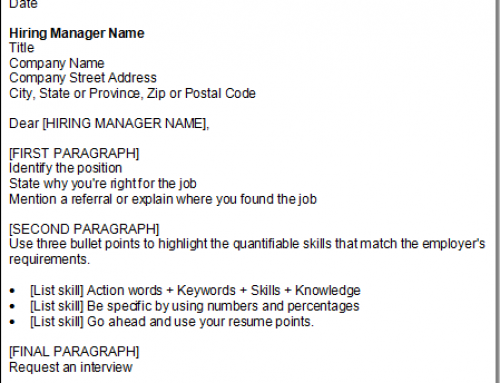
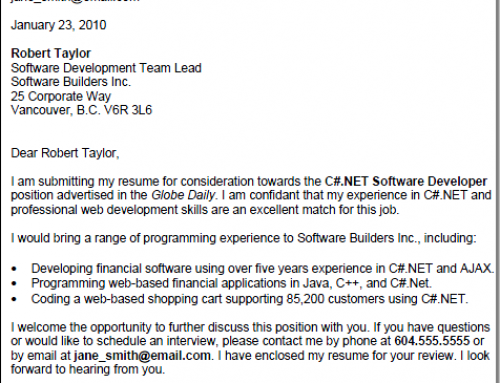
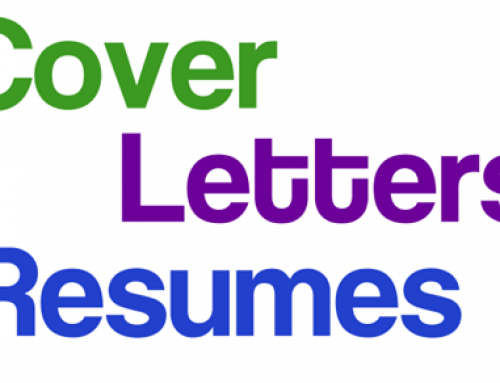
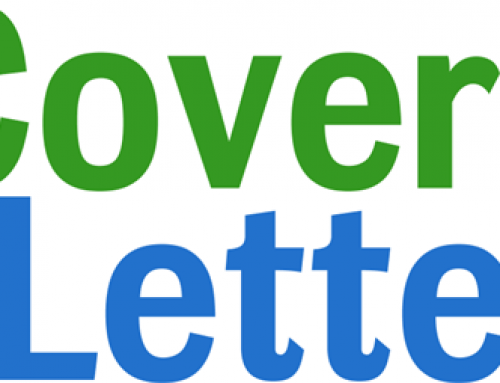
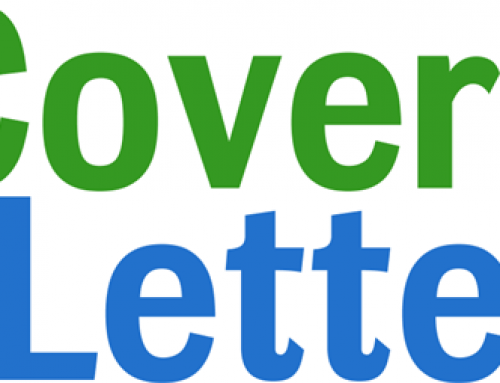
Wow. Thank you for shedding some light on these different resume formats. I’ve been using the chronological way for years. I’m going to try a combination resume now to see if this works better for my skills. This is an amazing series. Can’t wait to see how you finish it.
I have always gone with the chronological format to my resumes, but I’m starting to wonder if the “both” route might be worth exploring. I’ve given me alot to think about, Fox.
Fabulous addition to shed light on the 3 main types of resumes Fox. Another reason to use a “functional” resume is if you have done the same type of job for a long period. For example, if I have been a dental assistant for the last 10 years at three different employers, instead of repeating myself three times in the chronological format, I can just list the main same duties I did in the “Dental Assisting Experience” heading of a functional resume.
It all really depends on your background, job objective and current point in time of your career/job search.
Cheers!
I just handed in my resume for a job opening yesterday- was using all your tips and advice! Think I’ve got a shot 🙂
I use a reverse chronology format. Most recently, I’ve updated my work experience to appear first instead of education because at this point in my career the work exp carries more weight.
Good material. I capitalized one word below that needs to change as discussion is about the functional resume.
The functional resume sounds perfect, right? Maybe not. Many hiring managers are highly suspicious of candidates boasting their skills in functional resumes since this format can often hide questionable employment records. It also takes a lot more work for prospective employers to “figure out” what you’re about and most prefer to see a work history – they want to know where you’ve worked, how long you’ve worked, and when you were previously employed. Basically, employers want to see your career progression and longevity in a particular role. Here’s how to know when to skip the CHRONOLOGICAL resume format:
Skip the functional resume format when:
Your previous employers and job titles are impressive.
Your skills lack depth and cannot stand alone.